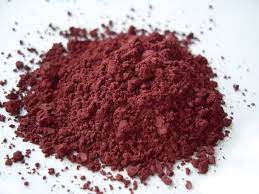History.
Phosphorus was first made by Hennig Brandt at Hamburg in 1669 when he
evaporated urine and heated the residue until it was red hot,
whereupon phosphorus vapour distilled which he collected by condensing
it in water. Brandt kept his discovery secret, thinking he had
discovered the Philosopher’s Stone that could turn base metals into
gold. When he ran out of money, he sold phosphorus to Daniel Kraft who
exhibited it around Europe including London where Robert Boyle was
fascinated by it. He discovered how it was produced and investigated
it systematically. (His assistant Ambrose Godfrey set up his own
business making and selling phosphorus and became rich.)
When it was realised that bone was calcium phosphate, and could be
used to make phosphorus, and it became more widely available.
Demand from match manufacturers in the 1800s ensured a ready
market.
Sources.
A variety of foods naturally contain phosphorus, and the richest
sources are dairy, red meat, poultry, seafood, legumes, and nuts.
Phosphorus from these foods is called organic phosphorus. It is
absorbed more efficiently from animal foods than plant foods.
Properties.
Physical Properties of Phosphorus Boiling point: 280.5°C. Melting
point: 44.15°C. Density: 1.823 g/cm3. Appearance: white, red, or black
solid.
White phosphorus is a chemical waxy solid substance typically
appearing yellowish or colourless, and some have described its odour
as resembling garlic. It ignites instantly upon contact with oxygen.
It is often used by militaries to illuminate battlefields, to generate
a smokescreen and as an incendiary.

